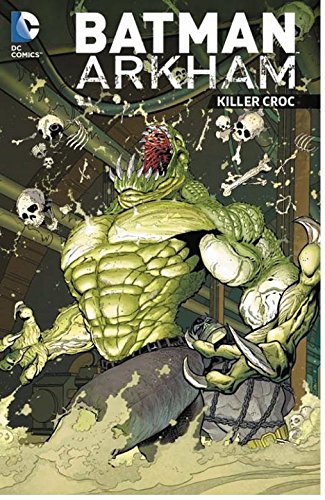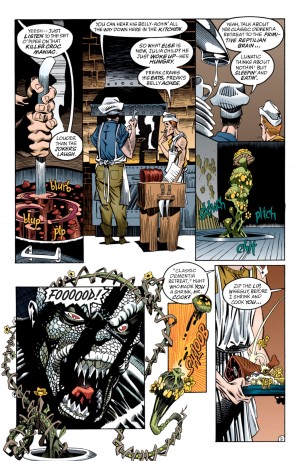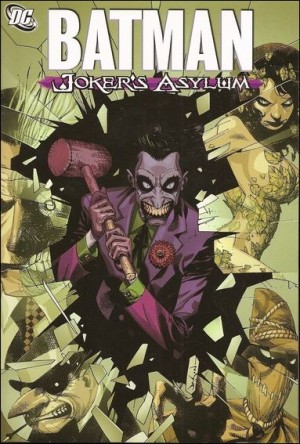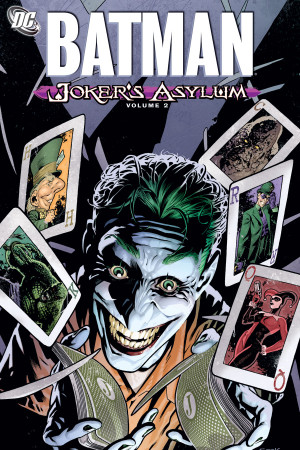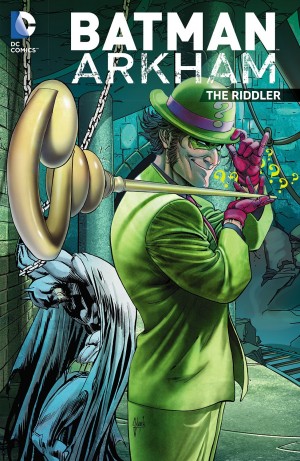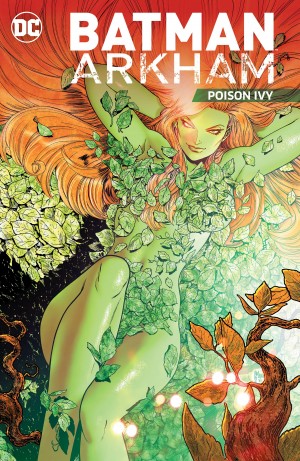Review by Ian Keogh
Of all Batman’s gallery of recurring foes predating the 21st century only the Ventriloquist made his début after Killer Croc. In practical terms Croc’s first appearance being in 1983 ensures a comprehensive career overview anthology lacking any now hopelessly outdated embarrassments from the 1940s, 1950s or 1960s.
Waylon Jones suffers from a rare genetic condition that endowed him with super-resilient crocodile-like skin and accompanying super strength. Almost a quarter of this book is given over to the extended introductory tale, with the first surprise being that Curt Swan, the artist so definitively associated with Superman, drew Killer Croc’s first appearance. It’s awkward and cartoony, and the story improves for Dan Jurgens drawing the remainder. His Croc looks less like someone wearing a b-movie rubber suit and more like a viable threat. Although very much of its time (explanations in thought balloons, explanations in dialogue) Gerry Conway’s plot clips along very nicely until after seventy pages we discover that DC haven’t had the consideration to provide the concluding chapter. Paul Santos is the credited editor, so presumably responsible for this stroke of genius.
The introductory Croc differs greatly from the rampaging muscle he’d become, having ambitions to become a Gotham crimelord, but he’s a better character lower down the totem pole later in the book. By the next story reprinted, a very tidy sentimental contribution from Alan Grant and Norm Breyfogle, Croc has relocated to his more familiar sewer home, and that establishes another of Croc’s vacillating identities, that of the tragic misunderstood figure.
Like Batman, Croc lends himself to assorted artistic interpretations, and from Swan’s staid initial design he develops into ever wilder forms. The most ornate and atmospheric is that of Kelley Jones, and that extends to the vehicles and backgrounds. There are some stunning and distinctive pages, but his look isn’t right for the human cast, with a stylised Bruce Wayne, and Alfred more disturbing than memorable. Doug Moench’s story is good and would provide a fitting finale for Croc if sequential superhero comics didn’t have such cyclical requirements. Tommy Castillo’s Croc is the most savage depiction, but also the one closest to Marvel’s Lizard, and he’s prone to gratuitous pin-up exploitation in Anderson Gabrych’s nasty tale.
The best offering is Mike Raicht’s penultimate tale, a dark twisting drama of deceit and deception illustrated by David Yardin and Cliff Richards. It’s a simple noir story in which Croc is almost a secondary character, but has a massive influence on events.
Croc’s origin and pre-Gotham years are presented in passing on several occasions, but handled best in-depth by Tim Seeley and Francis Portela in the finale. Portela’s style is extraordinarily light, clear and clean, seemingly not the requirements for a Croc story, but it works, and Seeley’s plot twists satisfyingly as the early days are contrasted with a team of cops hunting Croc down in the present. It can also be found in Joker’s Asylum surrounded by generally better material.
The over-riding question is really whether Killer Croc ranks high enough on anyone’s popularity list to sell books, although Batman’s name is prominent in the title and he might handle that aspect. The problem is that while there’s nothing poor, not much of the content ranks above average and the missing conclusion to the opening story is a massive minus. Surely no-one’s going to accumulate every Batman graphic novel, and this is one that can be missed.
